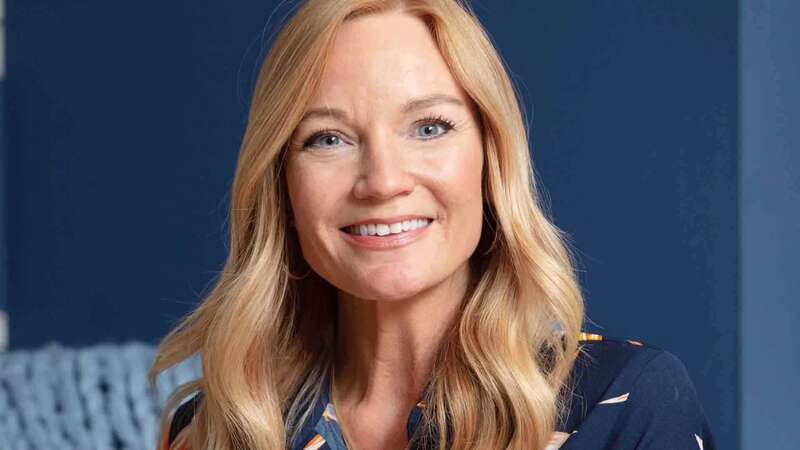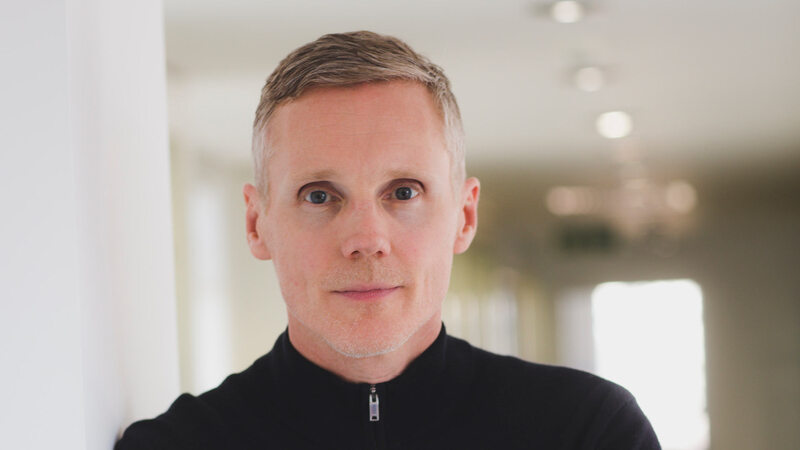You are viewing your 1 free article this month. Login to read more articles.
PRH sees pay gaps increase due to focus on hiring from underrepresented backgrounds in early career roles
Penguin Random House (PRH) has seen its ethnicity, sexual orientation, socioeconomic and gender pay gaps increase this year. The publisher says this is due to its focus on hiring colleagues from underrepresented backgrounds in early career roles, which widens pay gaps in the short-term.
The socioeconomic pay gap figures showed the biggest disparity, although there were also sizeable differences in pay in sexual orientation and ethnicity. Although the disability pay gap reduced this year, it still remains large. Last year PRH became the first UK publisher to report pay gaps for disability, sexual orientation and socioeconomic background.
Val Garside, HR director, said: “Pay gap data is an important tool for helping us measure progress against our goal of representation in all teams, at all levels, which is why we report data for ethnicity, disability, sexual orientation and socioeconomic background, as well as gender.
“While we believe this transparency is important, we also know that the journey towards true representation will take time, and isn’t necessarily a straightforward one. Some of the actions we take to reach this goal might actually widen our pay gaps in the short-term. For example, as we focus on ensuring that our new hires reflect the UK population, we will see bigger increases in the number of colleagues from underrepresented backgrounds in early career roles where we have significantly more job vacancies. Faster progress in increasing representation here, versus at a senior level where vacancies are fewer, causes the pay gap to increase in the short term.
“This highlights the continued importance of our work to support the development and career progression of our underrepresented colleagues, as well as inclusive hiring at a senior level. If we can achieve this, then in the long-term we believe we can close the pay gaps.”
In 2022, the mean socioeconomic pay gap increased by 6.3% to 22.6%, while the median gap increased by 12.5% to 22.5%. PRH said this was due to “a substantially higher proportion” of staff from lower socioeconomic backgrounds in its lower pay quartile than in the three higher pay quartiles. “This leads to a significant difference between the mean and median pay of colleagues from lower and higher socioeconomic backgrounds, creating the pay gap,” the publisher said.
“The increase in the pay gap since 2021 is a result of changes in the make-up of our pay quartiles. We’re pleased to see more colleagues from lower socioeconomic backgrounds in the higher pay quartiles, indicating they have been hired or promoted into more senior and higher-paying roles. However, we have also seen a significant increase in the lower pay quartile. While we are disappointed to see this pay gap increase, we know that to close it requires representation at all levels.
“We also know from our inclusivity survey that socioeconomic background is the area where we see the most significant underrepresentation in our company. It will take time to achieve representation at all levels, and some of the actions we take to achieve this will increase our pay gaps in the short-term. For example, as we focus on hiring more colleagues from lower socioeconomic backgrounds, we are likely to see more representation in our lower pay quartiles as this is where the majority of our vacancies exist. For the first time, our lower pay quartile is aligned with the Social Mobility Commission benchmark. Our goal is to reflect this in every pay quartile, through hiring efforts and supporting development and progression.”
Median figures are calculated by ranking all employees from highest to lowest-paid for amounts paid via payroll in April 2022, and taking the hourly wage of the person in the middle, while the mean is the average hourly wage across the entire organisation.
Pay gap reporting on demographic groups other than gender is based on the number of employees who voluntarily disclosed in the publisher’s 2021 inclusivity survey their ethnicity, sexual orientation, socioeconomic background and whether they are disabled or have a long-term condition. The data in this report represents the 54% of employees who responded to the survey and gave their consent for the publisher to use their information.
This year’s mean ethnicity pay gap increased by 2.8% to 17.9%, while the median ethnicity pay gap increased from 1.1% to 14.7%. PRH said this was due to there being fewer Black, Asian and minority ethnic staff in its senior, and therefore higher-paid, roles than in its early career and mid-level roles.
The publisher said: “Our 2021 company inclusion survey shows that the number of Black, Asian and minority ethnic colleagues has increased. However they make up 16% (2021: 14%) of our entry level and early career roles, reducing to 4.2% (2021: 3%) at senior manager level and 0% in our leadership team. This means that the overall average salaries of white colleagues are higher than those of Black, Asian and minority ethnic colleagues, resulting in a pay gap.”
In 2022 the mean sexual orientation pay gap increased by 4% to 16.2%, and the median sexual orientation pay gap increased by 7.4% to 17.3%. PRH noted in its 2021 company inclusivity survey that 22% of new joiners identified as LGBQ+. PRH did not include the “T” in the acronym LBGQ+ as it refers to gender, not sexual orientation. However transgender staff are included in this calculation where they have declared their sexual orientation. “Since most of our new hires are in entry level or early career roles, this explains the increase in the pay gap,” the publisher said.
This year PRH’s mean gender pay gap increased by 1.9% to 12.3%. Its median gender pay gap marginally increased by 0.1% to 3.7%. Of the employees included in this year’s report, 34% are men and 66% are women. At the time of reporting, its leadership team, a group of 17 including the publisher’s male c.e.o., is 47% men and 53% women. More widely, of its top 100 earners, 51% are women and 49% are men, but there are fewer men than women below this, particularly in entry level and early career roles. There are twice as many women as men in these levels, reducing the average salary of women overall.
PRH said: “The reasons our pay gap has increased slightly since 2021 include: 91% of new hires since 2021 were in entry level and early career roles. Of these, 70% of new joiners were women and 30% men, reducing the number of men in our lower-middle pay quartile in particular. Personnel changes at the most senior level have a more significant impact on the mean pay gap, whereas the median pay gap is less affected by changes in the highest- and lowest-paid earners. During the reporting period we saw a small number of highly paid senior women leave the organisation and a small number of highly paid men join. Twice as many men than women have joined our technology team, where higher salaries influence the pay gap, since 2021."
This year’s mean disability pay gap reduced by 3.5% to 18.1% and its median disability pay gap has reduced by 0.2% to 20.6%. Of the 54.1% of the workforce who self-reported whether they have a disability/long-term condition or not, 17.9% said they did.
The reduction in the disability pay gap results from an increase in the number of colleagues at all levels—including senior leaders—sharing that they have a disability or long-term condition, PRH said. "Disabled colleagues hold roles at every level of the organisation; however representation is lower in our most senior roles. This means that the overall mean and median salaries of non-disabled colleagues are higher than those of disabled colleagues, creating the pay gap. Additionally, the distribution of disabled colleagues in each pay quartile is uneven, with more than double the number of disabled colleagues in the lower quartile compared to the upper quartile. This is the key reason for the slightly larger median pay gap.”
The publisher continued: “The reduction in our mean and median pay gap since 2021 is a result of changes to the make-up of our pay quartiles—specifically an increase in the number of disabled colleagues in the upper and the upper-middle pay quartiles and a reduction in the lower-middle quartile. We know from our annual inclusivity survey that the number of disabled colleagues overall and in our senior leader population is increasing, albeit still behind UK society benchmarks. These changes indicate that that we are hiring or promoting more disabled colleagues. They could also be affected by a larger number of existing colleagues feeling comfortable to disclose their disability at different levels of seniority. Continuing to focus on supporting disabled colleagues from application to interview and with onwards career progression is critical to achieving more balanced representation in every pay quartile.”
Examples of some of the ongoing work to improve representation in all teams at all levels are a new People Manager Development Programme, which was piloted this year to support managers to hire, manage and promote inclusively. In 2023 PRH will roll it out to all people managers in the organisation.
The publisher also piloted a new digital career development platform called Design Your Career, with tools, resources and information to help colleagues progress their career. In 2023 it will roll it out to every department.


















